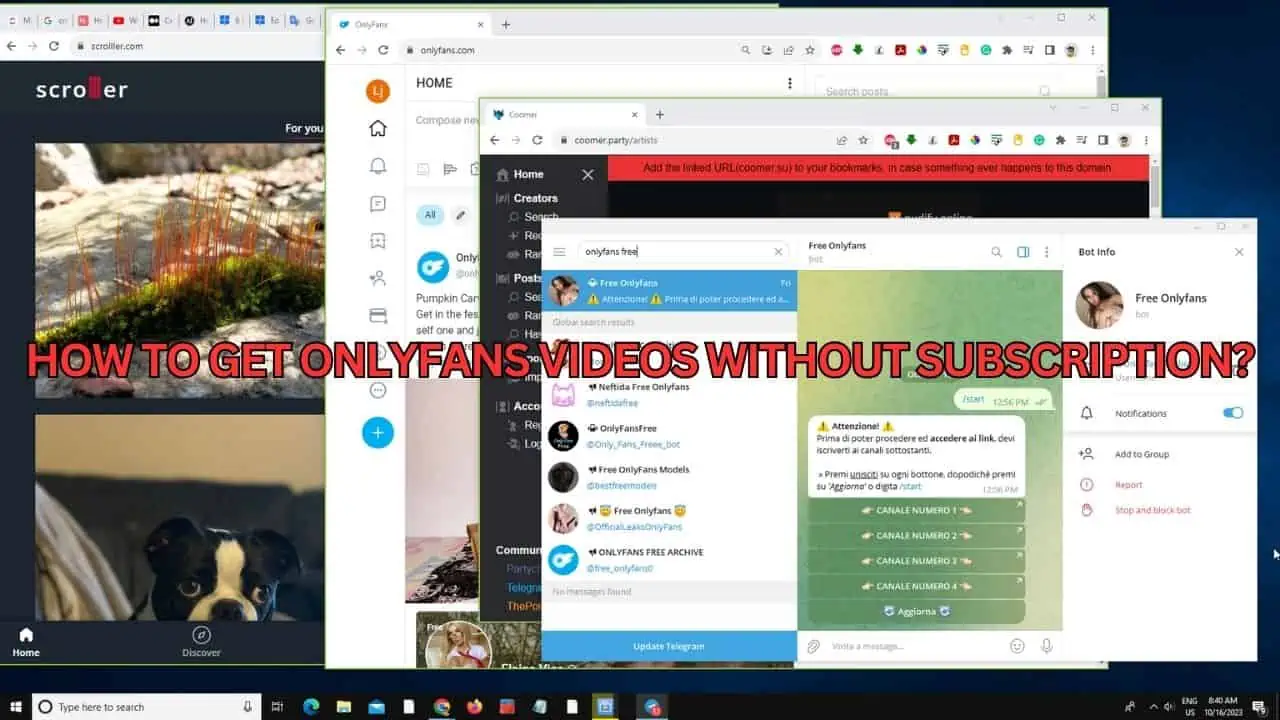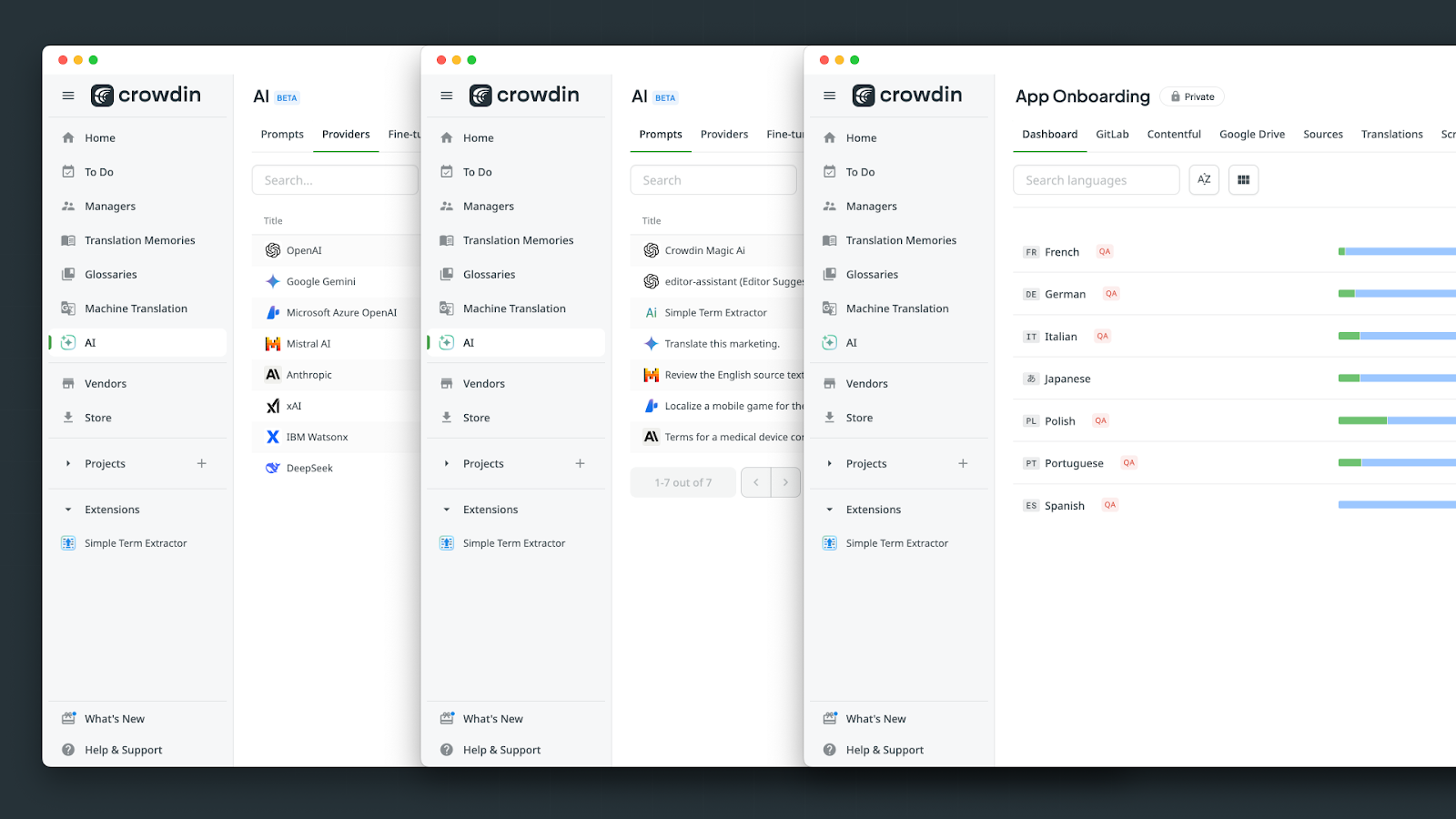Microsoft Makes Windows 10 Deployment Easier With The New Runtime Configuration Tools
2 min. read
Published on
Read our disclosure page to find out how can you help MSPoweruser sustain the editorial team Read more
With Windows 10, Microsoft is bringing simpler deployment process for the enterprise allowing them to do an in-place upgrade instead of the traditional wipe-and-load approach that organizations have historically used to deploy new Windows versions. This process will preserve the apps, data, and configuration from the existing Windows installation. Also, Microsoft is designing Windows 10 to have the same overall hardware requirements as Windows 7 and Windows 8, making it possible to run Windows 10 on your existing devices. Microsoft is also developing new runtime configuration tools, designed to easily transform devices from their off-the-shelf state into fully configured business devices.
We are also hard at work developing new runtime configuration tools, designed to easily transform devices from their off-the-shelf state into fully configured business devices, without reimaging. By using these types of tools, the amount of time and effort required for configuring the device to make it ready for a person to use can be greatly reduced. The types of configuration that can be performed include things like the provisioning of Wi-Fi, VPN, and e-mail profiles; installation of apps, language packs, security updates and certificates; and enforcement of security policies. And because these devices likely need to be managed after the configuration is complete, the provisioning process can also completely automate the enrollment into an MDM service (like Microsoft Intune or other third-party MDM services).
Overall, we believe that these runtime configuration capabilities bring benefits to the organization beyond just the time savings (and therefore reduced costs) for initial device setup. They also enable completely new scenarios, like choose-your-own-device (CYOD) programs. It’s often impractical to support these with traditional image-based deployment processes (where the original OS on the device is immediately overwritten with an organization specific image) because every device could be different.
via: Windows Team Blog










User forum
0 messages